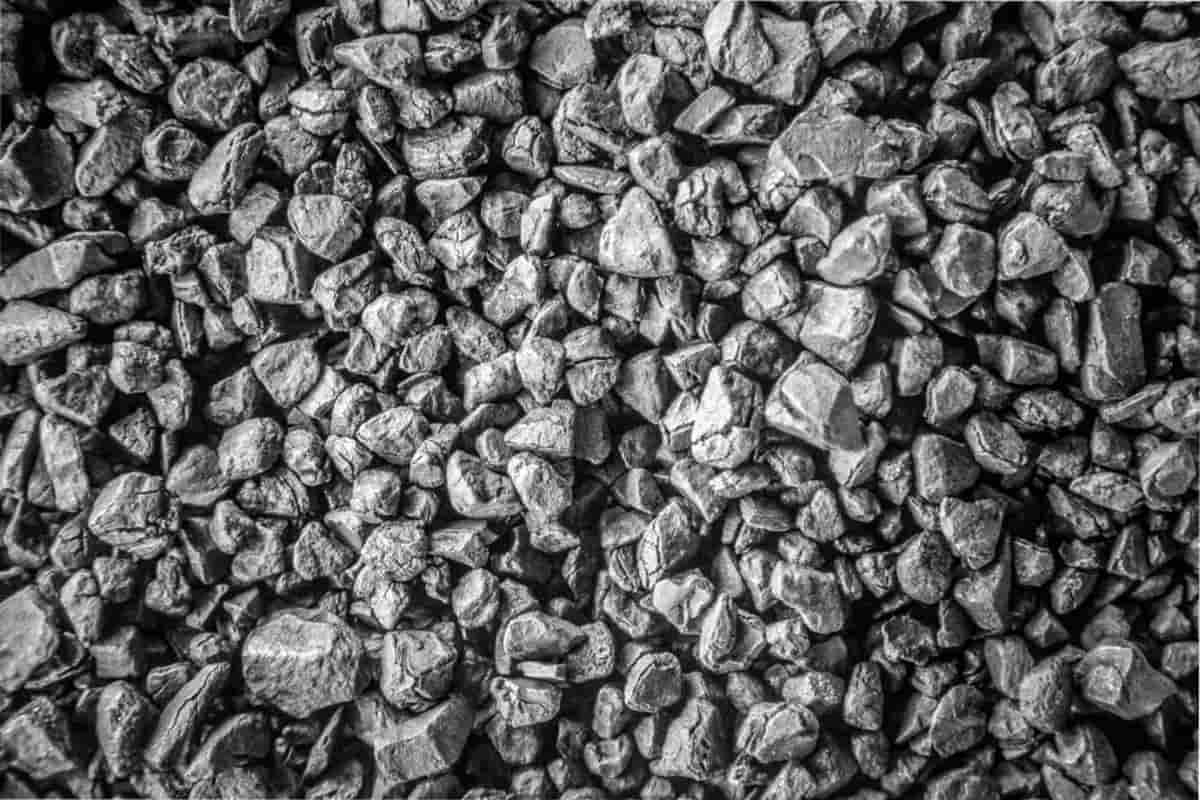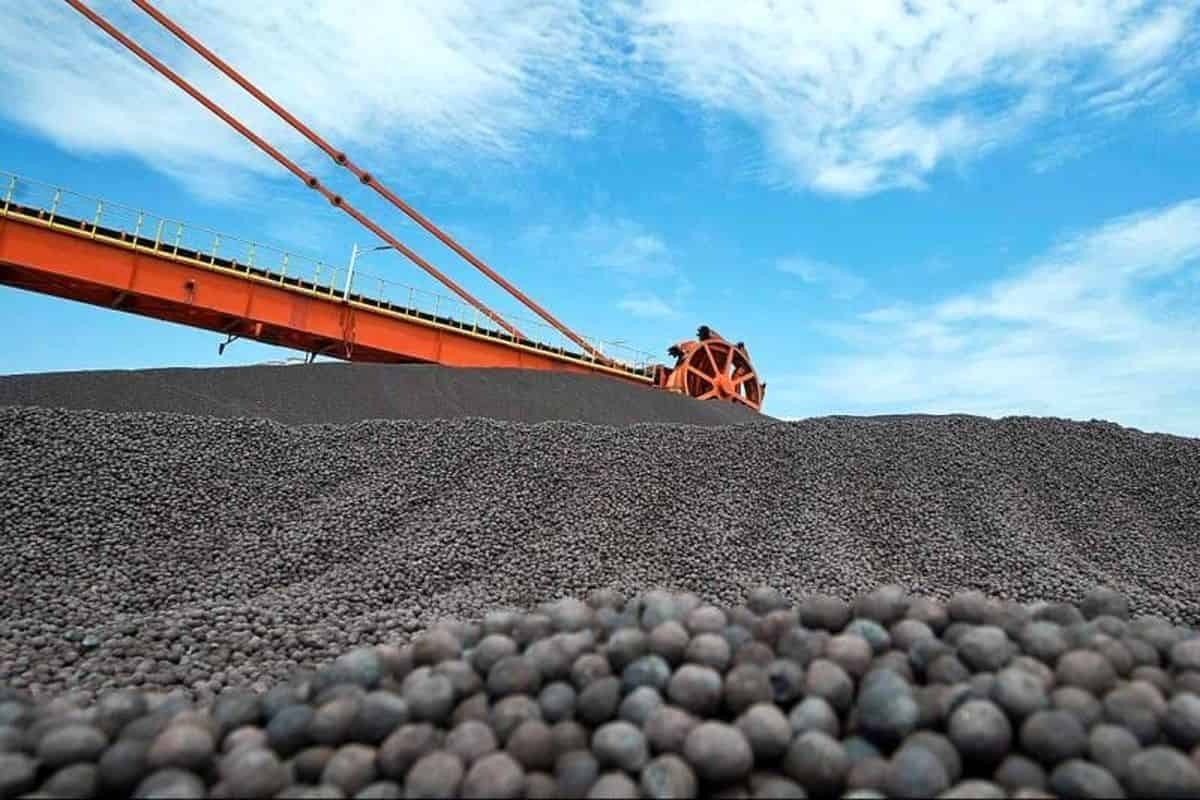Various types of raw materials for making sponge iron and steel products such as coal, iron ore and dolomite iron ore and Dolomite coal are the main raw materials for producing sponge iron
They are used to rotary kiln in the required fit together with some dolomite as a drying agent. Coal plays a double role in this process, both as a regenerative material and as fuel, which provides heat to maintain the desired temperature in the furnace at 10,500-850 °C. The reduction process is in solid state. Controlling combustion of coal and converting it to carbon monoxide is one of the most important factors in this process. The whole process of production takes 10-12 hours, during which the iron ore decreases and is separated into the rotary cooling to cool under 1000 degrees Celsius to prevent reoxidation and better disassembly of non-ferrous iron iron. Sponge iron. The process of making a sponge iron is to remove oxygen from iron ore, and when this happens, the oxygen output creates the microholes in the stone’s body and porous it. When the final product is observed under a microscope, it is similar to a honeycomb structure with “sponge-like” texture, hence the name of the sponge iron. Since the metallurgical process involves a reduction in solid state, the sponge iron is also known as a direct-reduced iron. The quality of sponge iron depends mainly on the percentage of metal (iron) in the product. In addition to these characteristics of the sponge produced by the raw material TSLP, the production of the sponge iron is very sensitive to the properties of the raw material.

Therefore, investigation of chemical and physical properties of raw materials separately and their composition is essential. The main raw materials for the production of iron sponge are iron ore and non-coking coal. Several experiments have been conducted in the company laboratory to ensure the suitability of rotary kilns. c Oval: An important factor in determining coal quality, in addition to its chemical properties such as fixed carbon, its ash content, volatile materials, etc., belongs to its metallurgical properties. ash reactivity and fusion temperature. Higher reactivity coal is preferred because it allows the furnace to work at low temperatures with higher furnace output. Higher fixed carbon coal is preferred because it produces more carbon to reduce and has a higher heating value. The amount of ash affected negatively on the furnace performance and heating requirements should be as low as possible. High humidity can also reduce furnace performance and increase the required energy. Since coal sulfur is collected through DRI, it should be as low as possible. Also, samples of this type of ash should be taken into consideration by choosing coal in order to produce DRI. All of the company’s coal needs are linked to the best coal sources of the company’s Ltd. India and imports from South Africa. Iron ore: Since making DRI is a solid state reduction process, gangue of ore remains in the product. By eliminating oxygen, weight decreased by about 30% and the percentage of gangue increased by about 1.4%. Therefore, choosing the entrance of higher grade iron ore is very important. In all DR. processes, the only significant chemical change that occurs is the removal of oxygen from iron oxides in the charged iron ore. Since no melting or refining occurs, all impurities in the feeding of the ore are concentrated in the reduction product.

Therefore, in any iron ore selected for the DR. process, the total iron content should be as high as possible, and the gangue content (silica plus alumina) should not only be minimal but also acceptable composition. For product users, the phosphorus content of iron ore is very important and should be as low as possible (preferably less than 0.03%) due to phosphorus removal during the process. Like phosphorus, iron ore should have very small amounts of sulfur (less than 0.02%) because some sulfur may be reduced during the process. Many iron ore in the world have very low sulfur content (0.01-0.02). Additionally, a series of tests are performed on iron ore to ensure the furnace’s lifespan and output. failure indicators, rolling and wear, recycling capability, etc. In regards to the use of the furnace in the Garhya plant, the full demand of the iron ore encased by the company is met near the tower. The Jada Workshop is near the country’s best iron ore source and all of the iron ore is provided from the iron ore of Tata. If necessary, there are several nearby iron ore deposits that offer high quality iron ore at competitive prices. And it’s one of the most common elements in the iron world. Almost everyone is made to have at least a small quantity of iron. It is also one of the oldest metals, first converted to useful ornamental objects 3,500 years ago. Pure iron is a soft white metal. Although pure iron is a common element, it is rarely found in the natural world. The only thing that happens naturally is pure iron coming from fallen meteorites. Most iron is found in minerals that are formed by the composition of iron with other elements. Iron oxide is one of the most common. Those minerals that have the most iron near the surface are called iron ore and are commercially mined. Iron ore is transformed into a variety of iron through several processes. The most common process is the use of blasting furnace to produce pig iron, which is 92-94% iron and 3-5% carbon and small amounts of other elements. Cast iron has limited applications, and most of it goes to steel mills, where it becomes different steel alloys with more carbon reduction and adding other elements such as manganese and nickel to give certain properties of steel.



